Did You Know Telephone Numbers Were Different Back in the Day? Here’s What You Need to Know!
Did you know phone numbers used to include words instead of just digits? Learn how the telephone exchange system made dialing easier, why it was phased out, and where you can still find traces of it today.
March 18, 2025
If you've ever come across an old address book, city directory, or vintage advertisement, you might have noticed some strange-looking phone numbers—like "Nestor 2626" or "Pennsylvania 6500." Unlike today’s all-digit phone numbers, these were part of a system that relied on telephone exchange, a central system that connects calls within a specific area by routing them through switchboards or automated systems names, a fascinating relic of early telecommunications history.
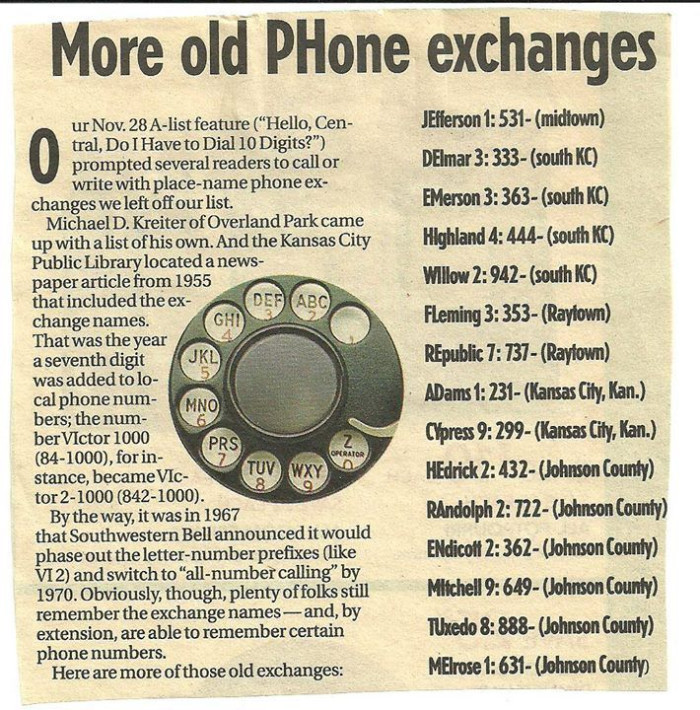
How Telephone Numbers Worked Before Area Codes
In the early days of telephone networks, cities were divided into telephone exchange areas, which were specific geographic zones assigned to a central switching office that managed local calls, each with its own name. Instead of dialing a long series of numbers, callers would first speak to an operator, who would manually connect their call using switchboards. But as automatic dialing became more common, a standardized two-letter, five-digit system emerged.
For example, a number like "Nestor 2626" was shorthand for calling the "Nestor" exchange, which was a designated telephone exchange serving a specific geographic area in Minneapolis, allowing local calls to be routed efficiently through a central switchboard. On a rotary dial phone:
- The first two letters (Ne) corresponded to numbers on the dial (N=6, E=3),
- The remaining numbers (2626) made up the rest of the phone number.
So, if you were dialing Nestor 2626, you would actually dial 63-2626 on a rotary phone!
Why Did This System Exist?
- It made phone numbers easier to remember by associating them with words instead of random numbers.
- It allowed operators to route calls more efficiently before direct dialing became widespread.
- It helped organize telephone exchanges by geographic region, much like area codes do today.
The End of an Era: Switching to All-Digit Numbers
By the 1950s and 1960s, the rise of direct dialing and the need for standardization led to the gradual phasing out of exchange names. In 1958, the Bell System introduced the "All-Number Calling" system, replacing letter-based exchanges with today’s familiar seven-digit numbers.
Many people resisted this change at first—after all, exchange names were easier to remember than all-digit numbers. But as phone networks grew, it became necessary to switch to an all-digit system to accommodate more numbers and improve automation.
Where Can You Still Find These Old Numbers?
Although the exchange name system is long gone, traces of it still exist in:
- Vintage advertisements – Old newspapers and magazines still list businesses with exchange names!
- City directories and historical records – Exactly like the ones we're using to uncover Minneapolis home history!
- Pop culture references – "Pennsylvania 6-5000" is still a famous jazz song referencing a real NYC phone number!
Bringing Old Phone Numbers Back to Life
If you're researching your home’s history or diving into vintage city directories, understanding old telephone numbers can help you piece together the past. In HouseNovel’s automated home history reports, we’re decoding historical records—including these unique exchange-based phone numbers—to help you uncover the stories behind your home and its past owners.
Ever spotted an old telephone number with an exchange name in your research? Let us know!
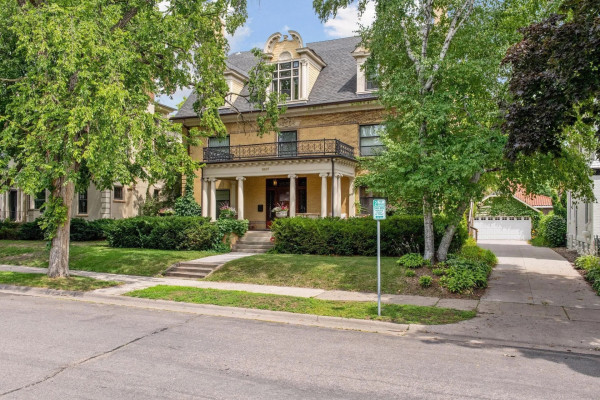
The Story of 1807 Dupont Avenue South: A Minneapolis Queen Anne With 120 Years of History
Step inside 1807 Dupont Avenue South, a historic Queen Anne home in Minneapolis. From three generations of the Jamieson family to a modern restoration, this house has seen it all.
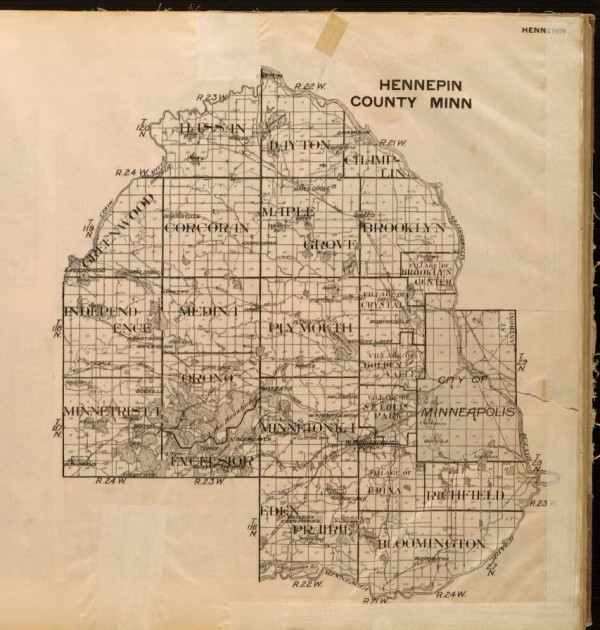
How to Search Property Records and Learn Everything About a House: Find Land Records
Uncover the Past of Old Houses: A Comprehensive Guide to Researching Property Records and Gaining Insights About a House's History Through Land Records
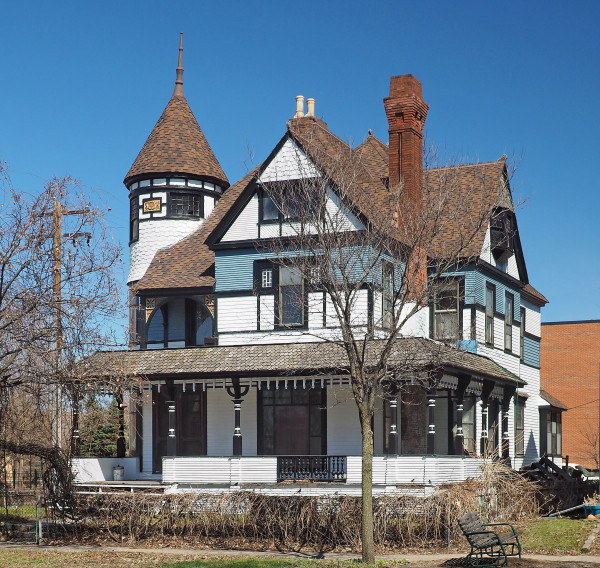
The Legg House: A Victorian Survivor on Park Avenue in Minneapolis
Once home to a diamond merchant, a neighborhood doctor, and even tied to a national FBI case, the Legg House remains one of Minneapolis’ last colorful Victorian survivors.
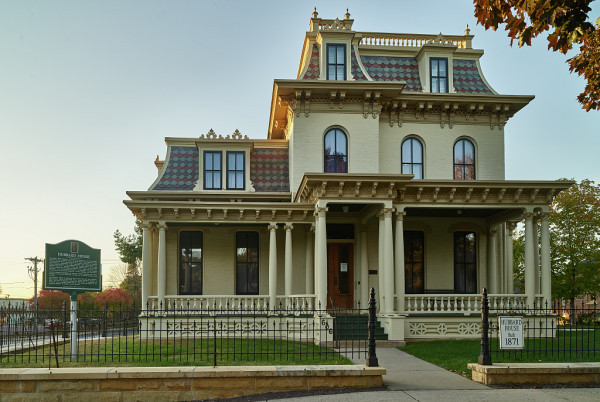
How to register your home on the National Register of Historic Places
Exploring the National Register of Historic Properties, a comprehensive list of significant sites, buildings, structures, and districts throughout the United States that possess historical, architectural, or cultural significance.